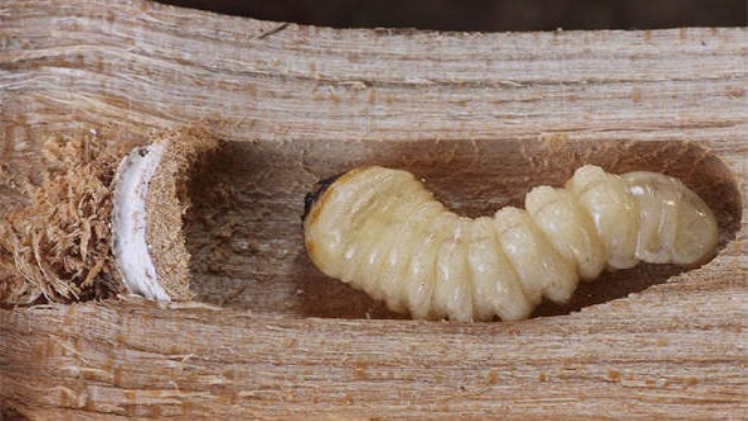Only with regular maintenance and consideration for the surroundings will you be able to keep your wooden furniture in excellent shape. Wood is prized for its durability and ability to age gracefully, but a woodworm’s infestation may be difficult to identify. Antique furniture, beech, birch, cherry, and spruce are just a few examples of woods that are particularly vulnerable to woodworm infestations, so it’s crucial to keep an eye out for them. Here is our guide on identifying woodworm because early detection is essential for limiting additional damage.
Fine powdery dust
Flecks of fine, powdery dust in the timbers or feet of furniture indicate an infestation of woodworms. You can find this on frass, which are tiny holes, but the holes are not always apparent. Instead, the infestation may be detected by looking for traces of frass escaping from the old furniture’s underside or next to their tiny departure holes.
The presence of fine dust could be a sign of adult beetles, which are typically visible below the timber that is damaged. Woodworm treatment by ACS is handy for treating your furniture to prevent further damage.
Tiny round holes in the furniture
Depending on the extent of the infestation, these holes can occasionally be tiny and difficult to see. The circular shapes of these holes show that the wood has been damaged. Depending on the level of infestation, the holes may be as small as 2mm.
Tunnels in the wood
You may detect tunnels if you cut through the timber and look inside, albeit they are challenging to see. Woodworms may be present if you see numerous little tunnels running through the wood. The chair leg is a good place to look for the little tunnels on the furniture’s underside. Small tunnels are left behind in the wood after the woodworm bores it.
Beetles around the furniture
Beetles emerging from holes in your wood indicate that woodworm is present. Adult beetles mostly emerge from wood between May and October. You can start to suspect an infestation if you spot dead beetles close to the tiny holes in the furniture. Nevertheless, this might occasionally signify a past attack or that they have passed away. However, a detailed inspection is necessary to confirm this.
Weak or damaged furniture
A damaged and feeble furniture stand signifies a woodworm problem. Some people could assume this is only a dry or wet rot issue, but a complete inspection is necessary to dispel any uncertainty. This could be a symptom of woodworm infestation. In furniture, wear and tear on the wood’s edge causes the foot timber to collapse.
The takeaway
To protect your furniture from woodworm, ensure you eliminate moisture. Maintain low levels of humidity and ensure that the home has adequate ventilation. A damp home could be why woodworm thrives and breeds well. Also, remove woodworm-infested furniture to stop the spread and employ ultraviolet insecticides to eliminate emerging beetles. Seek expert help if the woodworm infestation is beyond your control.

